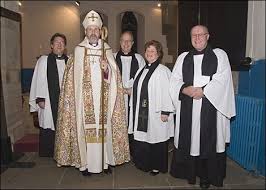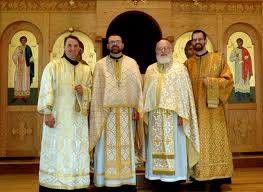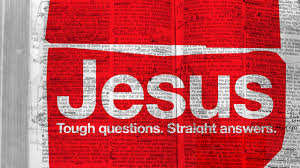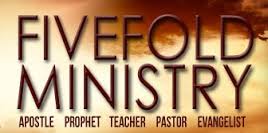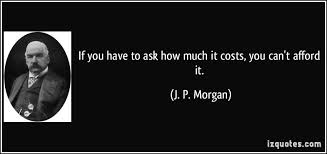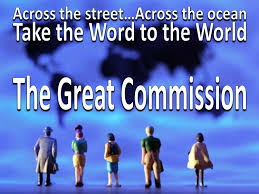 Why Should/Shouldn’t My Church Embrace Change? Part XVI
Why Should/Shouldn’t My Church Embrace Change? Part XVI
Would the church be shocked if it discovered that the five fold is not about governing, structuring, planning, or reorganizing, but it is about releasing the gifts and establishing relationships in common ordinary believers in Jesus Christ? How radical would that concept be? Can we think of the five fold as gifts given by an ascended Jesus for His Body, His Church, or must they be tangible offices within a hierarchal structure?
Does an evangelist have to be a professional, a church leader, a person set apart to give a message of rebirth to a lost and dying world, or can it be a common, ordinary believer in Jesus Christ who shares his passion is to win the lost for Jesus? Not having a shepherd’s passion to nurture and care, nor a teacher’s passion to make the Word living, nor the prophet’s passion to draw nearer to God, nor the apostle’s passion to see the Church as a whole is not a flaw of an evangelist’s character; it is a weaknesses because of the dominating passion that drives him to seek the lost and win them for Jesus.
What if the five fold is for the Priesthood of Believers? Every believer in Jesus should want to share Jesus with their lost and dying friends, family, and neighbors, yet there are individual believers who are driven to evangelize. They can’t help themselves because winning the lost is all they think about. It is what pushes their button. Newborns in the faith often demonstrate evangelistic zeal because once they were lost, but now they are found. For them it is real; it is personal! Wallowing in the joy of their salvation, they want their loved ones, friends, and neighbors to also drink of it. They want to tell anyone, everyone about what “they have seen and heard” about this Jesus and how it has changed their lives. Their exuberance is contagious. Every believer needs a newborn believer around them to prime their pump to share Jesus with others.
We need one another in the body of Christ, or we are not a body. Evangelism can be lonely profession. Often one must “raise” their own financial support before beginning or be willing to survive on freewill offerings. It doesn’t take long to discover that church planting is not just about evangelism, for new converts need nurturing and care to walk this faith journey called Christianity. They need a good Biblical foundation and learn how to read the Word on their own and how to listen and be obedient to the Holy Spirit who was sent to teach us all things. He needs a brother to coordinate his evangelist zeal with the diverse passions of his fellow brethren.
 If the church planter is driven by the passion to win the lost, to evangelize, he may not be the strongest shepherd, teacher, prophet, or apostle, and his work, and his church plant could suffer or fail. He needs other believers with the other four passions as equal peers to supplement his work, for encouragement, and for his own spiritual development. Every evangelist needs a shepherd, teacher, prophet, and apostle to speak into his life, to lead him into becoming a more mature man in Jesus Christ while maintaining unity in the Body.
If the church planter is driven by the passion to win the lost, to evangelize, he may not be the strongest shepherd, teacher, prophet, or apostle, and his work, and his church plant could suffer or fail. He needs other believers with the other four passions as equal peers to supplement his work, for encouragement, and for his own spiritual development. Every evangelist needs a shepherd, teacher, prophet, and apostle to speak into his life, to lead him into becoming a more mature man in Jesus Christ while maintaining unity in the Body.















